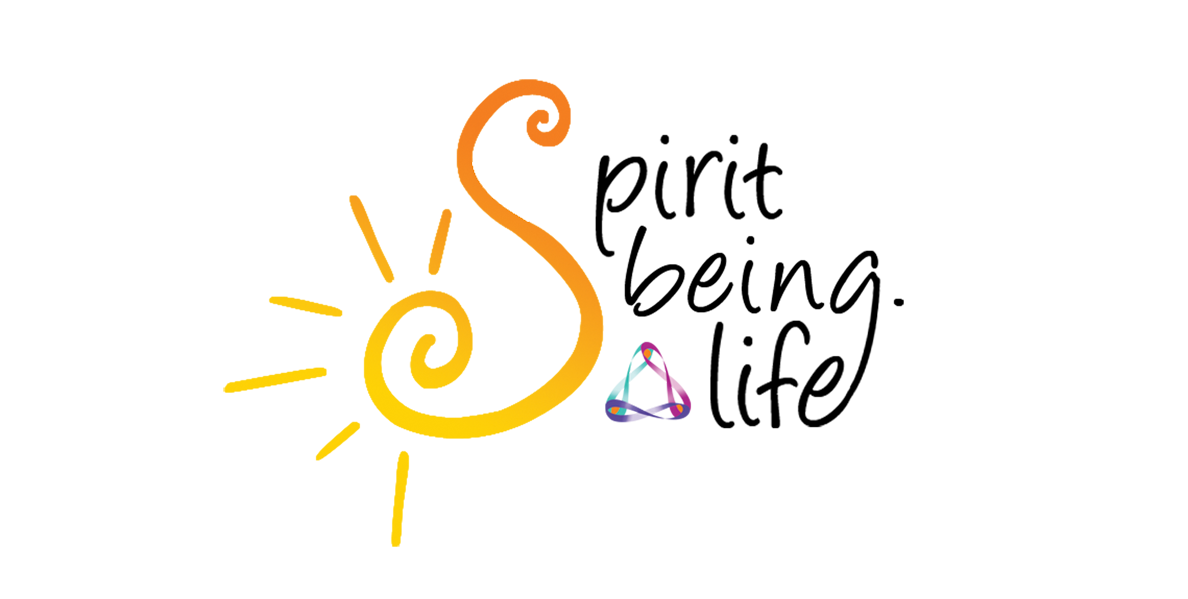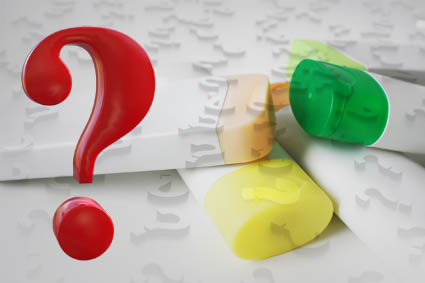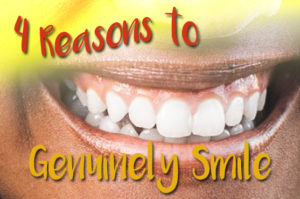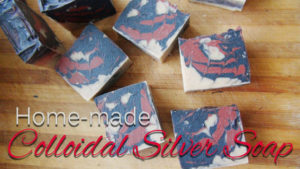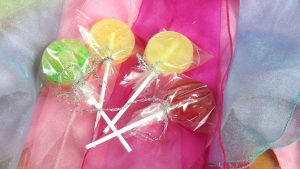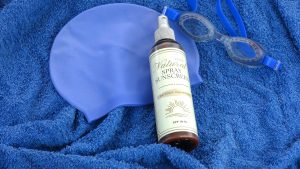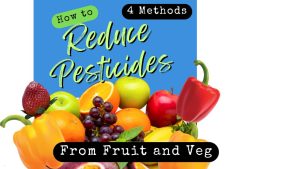Cleaning and body care products that are mass produced are usually made from synthetic and detergent based ingredients. As I mentioned in my home-made soap article, the skin moisturising component glycerine is extracted from commercial soaps and added to more expensive skin products. So, what we are left with are the leftover ingredients after the glycerine has been extracted. Then further ingredients are added such as artificial fragrances, preservatives, and emulsifiers. When you look at any shampoo or soap bar or any other cleaning product for the household, or other personal care or cosmetic products, you may see some of the ingredients listed below. Many of these ingredients are a cause for concern, especially when the effects have been linked to cancer and other potential health and environmental issues.
Here is a short list of some of them but for an extensive list you can visit www.safecosmetics.com.
Sulfates
Sulfates in skin and hair care products provide foaming action. Common sulfates include Sodium Lauryl Sulfate (SLS) and Sodium Laureth Sulfate (SLES). Sulfates are said to be a skin, lung and eye irritant over long term use. The substances may also be contaminated with a cancer-causing ingredient called 1,4-dioxane. Products containing sulfates are also tested on animals. It also may be hazardous to aquatic animals. 1
Parabens
Some of these include methylparaben, ethylparaben and propylparaben. These three listed, as well as other ingredients ending in the word paraben, are used as preservatives and are a cause for concern regarding breast cancer (endocrine disruption), skin cancer and developmental and reproductive toxicity (low sperm count). 2
Ethanolamines (MEA, DEA, TEA)
Any product with MEA, DEA or TEA forming part of the name such as cocamide DEA, stearamide MEA, TEA-lauryl sulfate, etc. These are used as emulsifiers, fragrances and pH adjusters which have been linked to cancer, liver and kidney organ toxicity, sperm abnormalities and bioaccumulation (which means they remain in the upper layer of the skin) 3
Phthalates
Any product with ‘phthalate’, ‘DEP’, ‘DBP’, ‘DEHP’ and ‘fragrance’ on the label. DEP is commonly used to help the scent linger. Linked to breast cancer and liver tumors, developmental and reproductive toxicity and endocrine disruption, potential harm to the foetus in pregnant women. 4
Ethoxylated Ingredients
Labels include ‘PPG’, ‘PEG’, ‘polysorbate’ and anything ending with ‘laureth’, ‘steareth’ or ‘ceteareth’. These have been linked to breast and other cancers. Because of the process of manufacturing, these ingredients create cancer-causing contaminants called ethylene oxide and 1,4-dioxane. 5
Methylisothiazolinone (MIT) and Methylchloroisothiazolinone (CMIT)
They ingredients are used as preservatives and have been linked to lung toxicity, allergic reactions and possible neurotoxicity.
Look out for labels with these names ‘Methylisothiazolinone (MIT)’, ‘2-methyl-4-isothiazoline-3-one’, ‘Neolone 950 preservative’, ‘MI’, ‘OriStar MIT’ and ‘Microcare MT.’ ‘Methylchloroisothiazolinone (CMIT)’, ‘5-Chloro-2-methyl-4-isothiazolin-3-one’ and ‘MCI’. 6
1. https://www.healthline.com/health/beauty-skin-care/sulfates#product-list, http://www.safecosmetics.org/get-the-facts/chemicals-of-concern/14-dioxane/
2. http://www.safecosmetics.org/get-the-facts/chemicals-of-concern/parabens/
3. http://www.safecosmetics.org/get-the-facts/chemicals-of-concern/ethanolamine-compounds/
4. http://www.safecosmetics.org/get-the-facts/chemicals-of-concern/phthalates/
5. http://www.safecosmetics.org/get-the-facts/chemicals-of-concern/ethoxylated-ingredients/
6. http://www.safecosmetics.org/get-the-facts/chemicals-of-concern/methylisothiazolinone/
